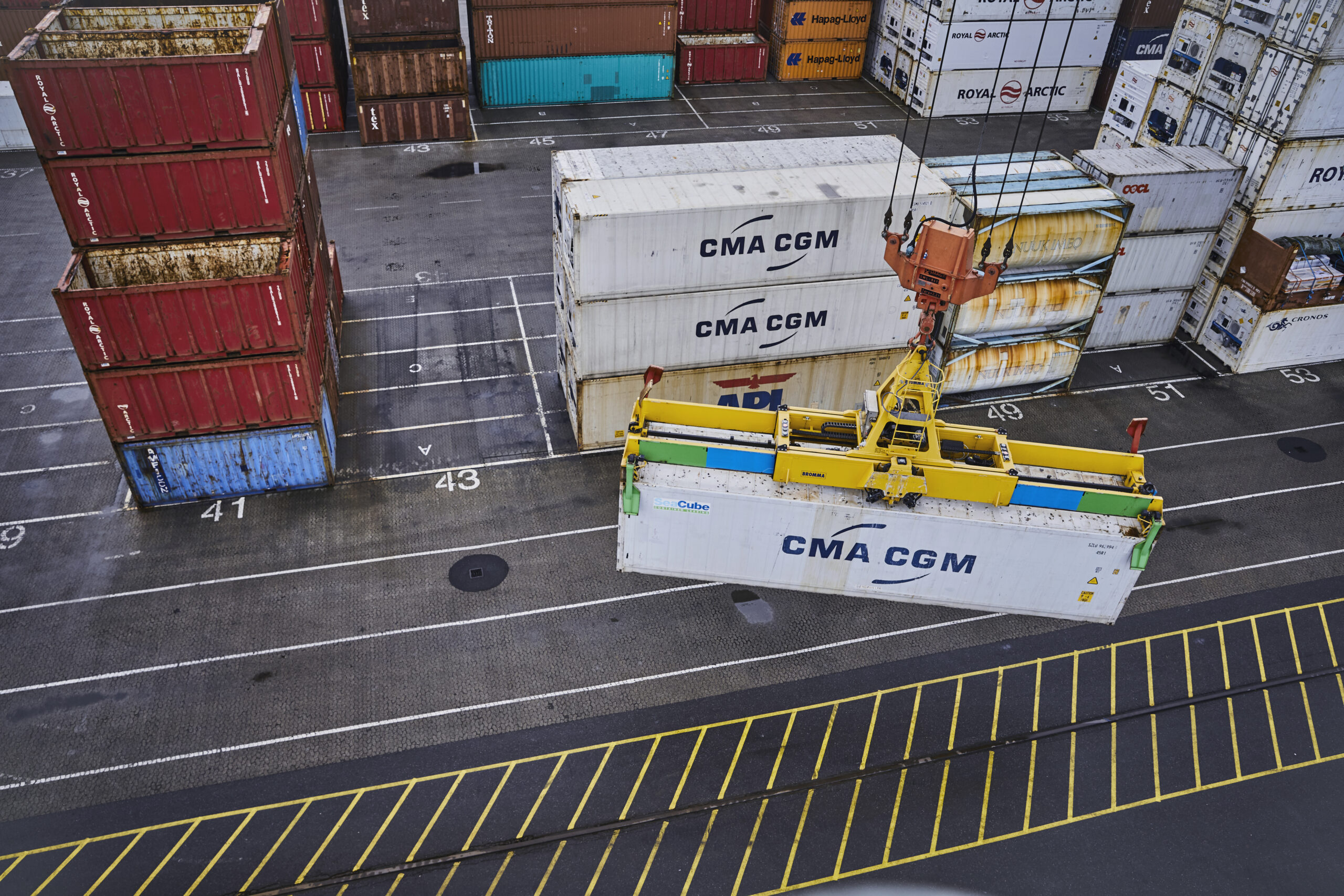Ikke længere pres på forsyningskæder

Nye tale viser, at efter Suez-blokering og Corona-nedlukninger i årene 2020-2022, fungerer forsyningskæderne i verden nu helt normalt
Corona-pandemien lagde fra begyndelsen af 2020 alskens hindringer i vejen for at flytte varer rundt, og containerhavne i hele verden blev ramt af forsinkelser. På et tidspunkt lå flere dusin skibe opankret udfor den californiske kyst, fordi presset på de amerikanske vestkysthavne var for stort.
Netmediet Mobilitywatch oplyser på basis af nye tal fra den amerikanske centralbank, Federal reserve Bank of New York, at indekset i marts 2023 viser, at presset på de globale forsyningskæder er helt væk.
Marts 2023-indekset er minus 1,06 og er det laveste målt siden 1989. Da krisen i forsyningskæderne var på sit højeste i december 2021, var indekset 4,31. Et 0 markerer det historiske gennemsnit, så udsvingene har været store i de seneste tre års forsyningskædekrise.
I påskedagene var der i de store vestkysthavne Los Angeles og Long Beach i USA kortvarige strejker som led i den snart et år lange strid om ny overenskomst for havnearbejderne. Strejkerne påvirkede dog i store træk ikke containertrafikken, da der var relativt få containerenheder. Kun ét skib blev forsinket.
Shippinganalytiker Lars Jensen, grundlægger af konsulenthuset Vespucci Maritime, siger dog ifølge Shippingwatch på Linkedin, at den amerikanske vestkysts havne lige nu er lidt som at se på en togulykke i slowmotion, og at ”Lige siden den gamle kontrakt ikke klarede at blive fornyet i midten af 2022, har spektret af arbejdsforstyrrelser på den amerikanske vestkyst været en konstant risikofaktor.”
